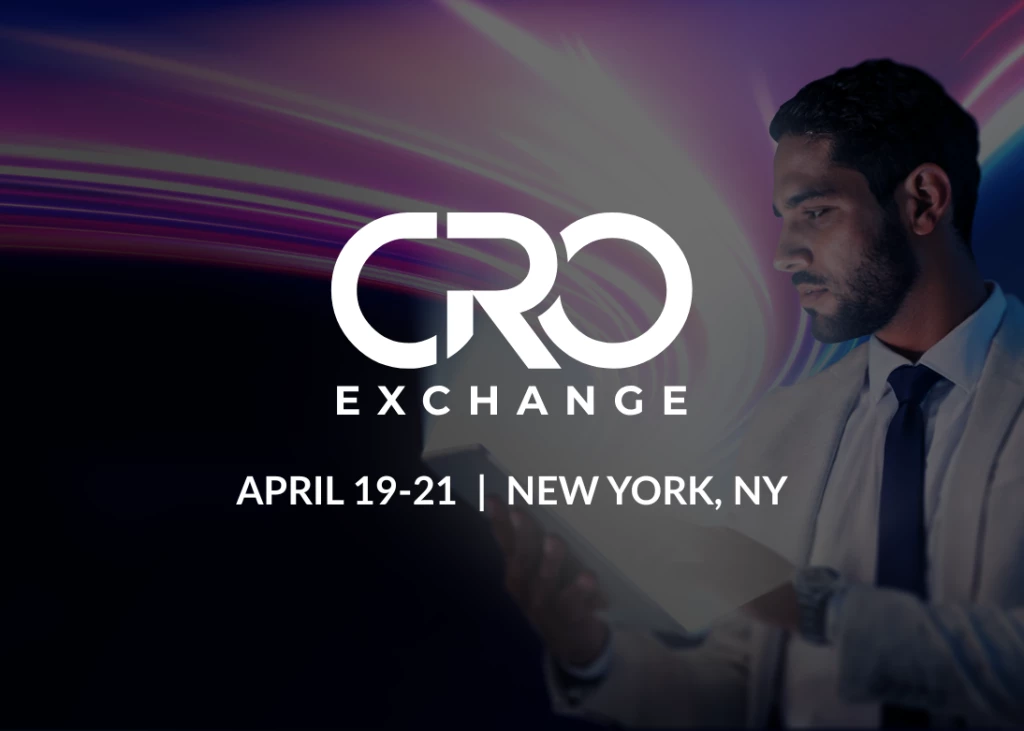A Core Marketing Principle: To Win on the Corporate Battlefield, Compete on Value (Not Price)
Add bookmark
"The purpose of a business is to create and keep a customer."
With these 12 words, Peter F. Drucker introduced the world to what has become known as the marketing concept.
More than 70 years later, academics and practicing management professionals still rave about it, write about it and tell the uninitiated how this marvelous concept can transform a sleepy organization into an energetic, market-focused entity.
A caveat: It takes time, lots of time, study, continuous application and corporate battlefield experience to truly understand Drucker’s seemingly simple statement.
Drucker’s marketing concept also serves as the foundation for two more profound ideas: First, the need to continuously identify what customers need, want, value, expect and are willing to pay for; and second, the importance of developing customer-driven organizational structures that consistently deliver what the total customer-getting proposition promises it will deliver.
Harvard’s Ted Levitt and celebrated marketing guru Philip Kotler (among many others) amplified, strengthened and greatly extended Drucker's seminal work on marketing as a discipline.
They brilliantly showed us how to use Drucker's marketing concept to compete on value as opposed to price; why and how to maximize opportunities not profits; how to proactively defend existing market positions against inevitable competitors; and how to gain market position from established competitors.
The Power of an Idea
Prior to the trailblazing works of Drucker, Levitt, and Kotler, the field of strategic marketing did not exist.
In the 1950s and beyond, marketing was considered near-synonymous with selling. But selling is just one component of the marketing concept.
The total marketing concept consists of many components (or sub-strategies) including selling, pricing, distribution, market segmentation, competitive dynamics, advertising, purposeful innovation, creative imitation and much more.
Equally important, these masters of marketing and management taught us marketing is not a function, but rather a comprehensive view of the entire business that enables the organization to attract and hold the necessary number of solvent customers in an economically effective way.
Stated differently, marketing is concerned with all the exhilarating big things and all the troublesome little things that must be done in every nook and cranny of the business to satisfy customer needs at a profit.
Look only at a partial list of today’s mission-critical topics: the focused/agile factory, robotic process automation, design thinking, intelligent automation, predictive analytics, purposeful innovation, lean six sigma, design for manufacturability, just-in-time/on-time delivery, competing through superior service and competing via breakthroughs in information technology.
In the end–really, at the outset–every activity, methodology or purpose underlying these and a multitude of other management/operational excellence concepts is ultimately about getting and keeping customers.
Three Distinct Product Concepts
The way you view a product or service can determine your organization's future success.
Philip Kotler and Tom Peters outlined three distinct product concepts that all businesses must crisply define–namely: (1) the formal product, (2) the core product, and (3) the augmented product.
The formal product is the tangible product or service being sold to consumers. Examples include short courses for practicing professionals, tax advisory services, computers, smart TVs, political candidates, steel reinforcing bars, packaged chicken and shoes.
This view of a product leads to advertisements that stress functional design, complicated features, product quality, price and the like.
Formal or tangible products must be uniquely differentiated. If they are not differentiated, they ultimately are viewed as commodities. Translated, commodities compete solely on price: the only winner in a commodity market.
Organizations must strive to create real brand differentiation. Easy to say. Hard as nails to make happen. (Future articles will discuss the how-to’s and watch-out’s of brand differentiation).
The core product, meanwhile, is the essential benefit that is being offered to (or sought by) the buyer. In other words, “Why is the consumer buying the product?” What is the product being bought for?”
People buying an e-learning program from a university on, say, production planning, scheduling and control are not only buying a certificate of completion to inflate their resume, they’re hopefully buying organizational productivity-boosting skills.
Levitt pointed out people don't buy quarter-inch drills; they buy quarter-inch holes. A woman buying lipstick is not simply buying a lip color. Charles Revson, founder of Revlon, Inc., said early in his career: “In the factory, we make cosmetics, in the store we sell hope.”
Bottom line: The marketer's job is to identify and sell core benefits, not features.
Finally, the augmented product is the totality of benefits the buyer receives or experiences purchasing the formal product.
Ted Levitt repeatedly pointed out customers rarely buy just a product. Usually, they buy a total proposition—an entire package of perceived values. One could call this the unique selling proposition (USP).
“Companies do not compete on the basis of what they make in their factories,” said Levitt, but rather between “what they add to their factory output in the form of packaging, services, advertising, customer advice, financing, delivery arrangements, warehousing and other things people value.”
Levitt called this “surrounding of the core product with a special cluster of values.” Indeed, he coined the phrase to describe this as “the augmented product concept.”
In an early edition of Marketing Management, Kotler offered this illustration:
“The augmented product of IBM was not only the computer but a whole set of accompanying services, including instruction, canned software programs, programming services, maintenance and repairs, guarantees and so on.
IBM’s outstanding position in the computer field is due in part to its early recognition that the customer wants all of these things when he/she buys a computer…
This recognition leads to the notion of system selling; the company is selling a system of benefits, not just a computer.
The systems-view leads the sellers to look at the buyer's total consumption system–the way a purchaser of a product performs the total task of whatever it is that he or she is trying to accomplish when using the product.
Stated differently, companies differentiate their offerings by including a set of value-added services that competitors find difficult to duplicate.
Strategic mergers and acquisitions are—in many instances—fueled by the need to surround the organization's core product with a value-added service that competitors will struggle to duplicate.
Selling Fertilizer or Improving Agricultural Productivity?
In discussing the topic of differentiation through augmentation, Levitt used the case example of International Minerals and Chemical (IMC), a fertilizer corporation which was renamed The Mosaic Company after a 2004 merger.
Years ago, IMC was basically selling a commodity (i.e., fertilizer) that was undifferentiated in the marketplace and therefore subject to fierce price competition.
Then, IMC's management crafted and implemented a marketing strategy that enabled them to compete on value rather than price.
IMC analyzed the business problems of its prospects and then did something imaginative with its findings: It created a scientific farm management computer program that enabled its farm customers to significantly increase their agricultural productivity.
By simply entering each farm’s specific agricultural data into a relatively complex statistical-based equation, the computer program provided reliable answers to what should be done to optimize crop yields and, ultimately, profitability.
In essence, IMC offered free of charge to its customers a computer-based consultancy service if (and only if) they bought IMC's fertilizer.
In short, they designed and developed a state-of-the-art computer program called M.O.R.E (Mathematically Optimized Resource Employment) to differentiate their unique selling proposition and end the needs to compete on the basis of price.
Said Levitt: "The marketing concept views the customer's purchasing activities as being problem-solving activities… IMC did not offer a better product, but it offered a different product–a product with new and superior benefits for its users."
To reiterate: IMC’s computerized scientific farm management service was designed to make more profit for the farmer through proper and balanced use of IMC's fertilizer nutrients and other agricultural chemicals.
IMC, according to Levitt, gained significant market share from rivals and their profits soared.
The company formerly had to price products below those of major competitors. With their brilliant differentiation strategy, farm customers stopped asking “What do you charge for your fertilizer?”
Summary & Conclusions
The experts have hoisted the warning signals. Prepare for a major economic downturn as millions remain out of work, a soon to arrive rising inflation rate (due to the $2.2 trillion stimulus package & printing money) and fierce competition among business rivals.
Yet to compete on price is typically a no-win situation. All smart businesses are in the process of reevaluating & focusing on competitive marketing strategies.
We believe Drucker's marketing concept that emphasizes "the customer is the business" will once again be rediscovered.
Drucker provided us with a long series of questions including "who is the customer?" and "what does the customer value?" that if systematically asked & answered will lead organizations to redefine what their augmented product should/must be to create and keep customers.
The purpose of this article was to make the point that a product is more than the generic thing produced in the factory. People buy the expectation of benefits, not the generic products themselves.
In subsequent articles we will detail the specific skill sets needed by executive/managers to effectively compete on value through a variety of marketing strategies & tactics.























